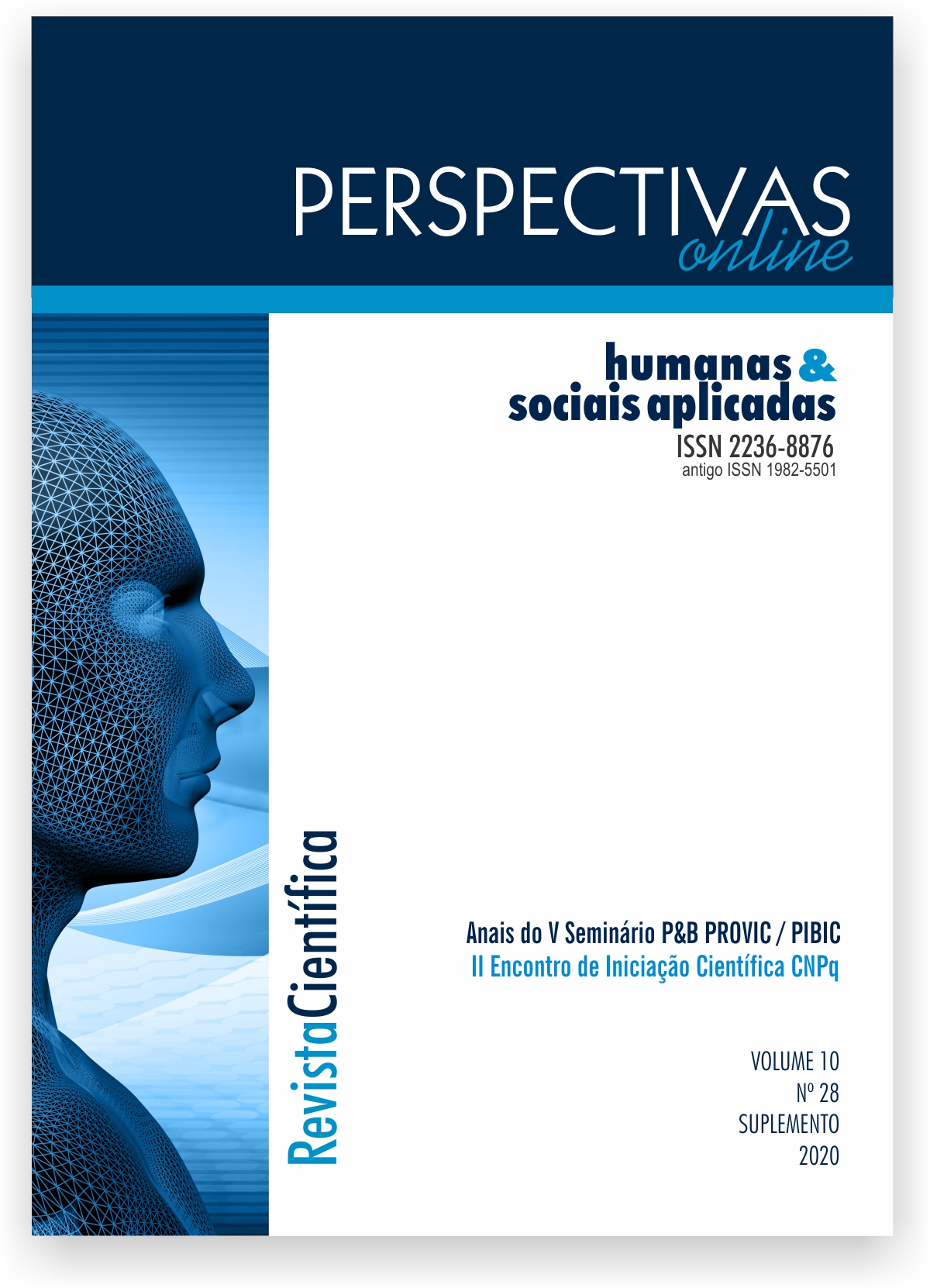Conteúdo do artigo principal
Resumo
O número de vendas de uma empresa está diretamente associado ao seu faturamento. O faturamento é a principal fonte de recursos de uma companhia, utilizando sempre estratégias com o objetivo de maximiza-las. Em conjunturas microeconômicas ou macroeconômicas desfavoráveis, a entidade empresarial pode vir suas vendas reduzirem a patamares perigosos, comprometendo toda sua estrutura de liquidez. Em situações de crise, ferramentas que auxiliam na projeção do faturamento ou no número de vendas, torna-se essencial para o planejamento da companhia, possibilitando assim chances de evitar uma situação de baixa liquidez. A previsão de vendas, ou previsão de demanda, permite melhor eficácia na tomada de decisão, pois fornece informações de qualidade aos gerentes. Em estudos sobre o processo de tomada de decisão em administração de empresas, os modelos de previsão são úteis para estimar, por exemplo, o número de vendas de uma empresa, variável essa utilizada para determinar o faturamento das empresas. Desse modo, ter uma estimativa confiável sobre o número de vendas e o faturamento das empresas nos meses de isolamento social causado pela pandemia do COVID-19, auxilia pelo menos dois agentes econômicos na tomada de decisão: os gestores das empresas e as entidades governamentais. Assim, o presente trabalho tem como objetivo realizar um estudo comparativo de dois modelos de previsão de séries temporais, os da classe SARIMA e VAR, para o planejamento das vendas do setor de varejo brasileiro no período de março de 2020 à julho de 2020. Espera-se descobrir qual modelo é mais eficiente para prever choques econômicos, isto é, um comportamento de oscilação abrupta da série temporal, causada por algum fenômeno.
Palavras-chave
Detalhes do artigo
Os artigos submetidos a Revista Perspectivas Online: Humanas e Sociais Aplicadas estão licenciados conforme CC BY. Para mais informações sobre essa forma de licenciamento, consulte: http://creativecommons.org/licenses/by/4.0
A disponibilização é gratuita na Internet, para que os usuários possam ler, fazer download, copiar, distribuir, imprimir, pesquisar ou referenciar o texto integral dos documentos, processá-los para indexação, utilizá-los como dados de entrada de programas para softwares, ou usá-los para qualquer outro propósito legal, sem barreira financeira, legal ou técnica.
1) Autores mantém os direitos autorais e concedem à revista o direito de primeira publicação, com o trabalho simultaneamente licenciado sob a Licença Creative Commons Attribution que permite o compartilhamento do trabalho com reconhecimento da autoria e publicação inicial nesta revista.
2) Autores têm autorização para assumir contratos adicionais separadamente, para distribuição não-exclusiva da versão do trabalho publicada nesta revista (ex.: publicar em repositório institucional ou como capítulo de livro), com reconhecimento de autoria e publicação inicial nesta revista.
3) Autores têm permissão para publicar e distribuir seu trabalho online (ex.: em repositórios institucionais ou na sua página pessoal) a qualquer ponto antes ou durante o processo editorial, já que isso pode gerar alterações produtivas, bem como aumentar o impacto e a citação do trabalho publicado.
